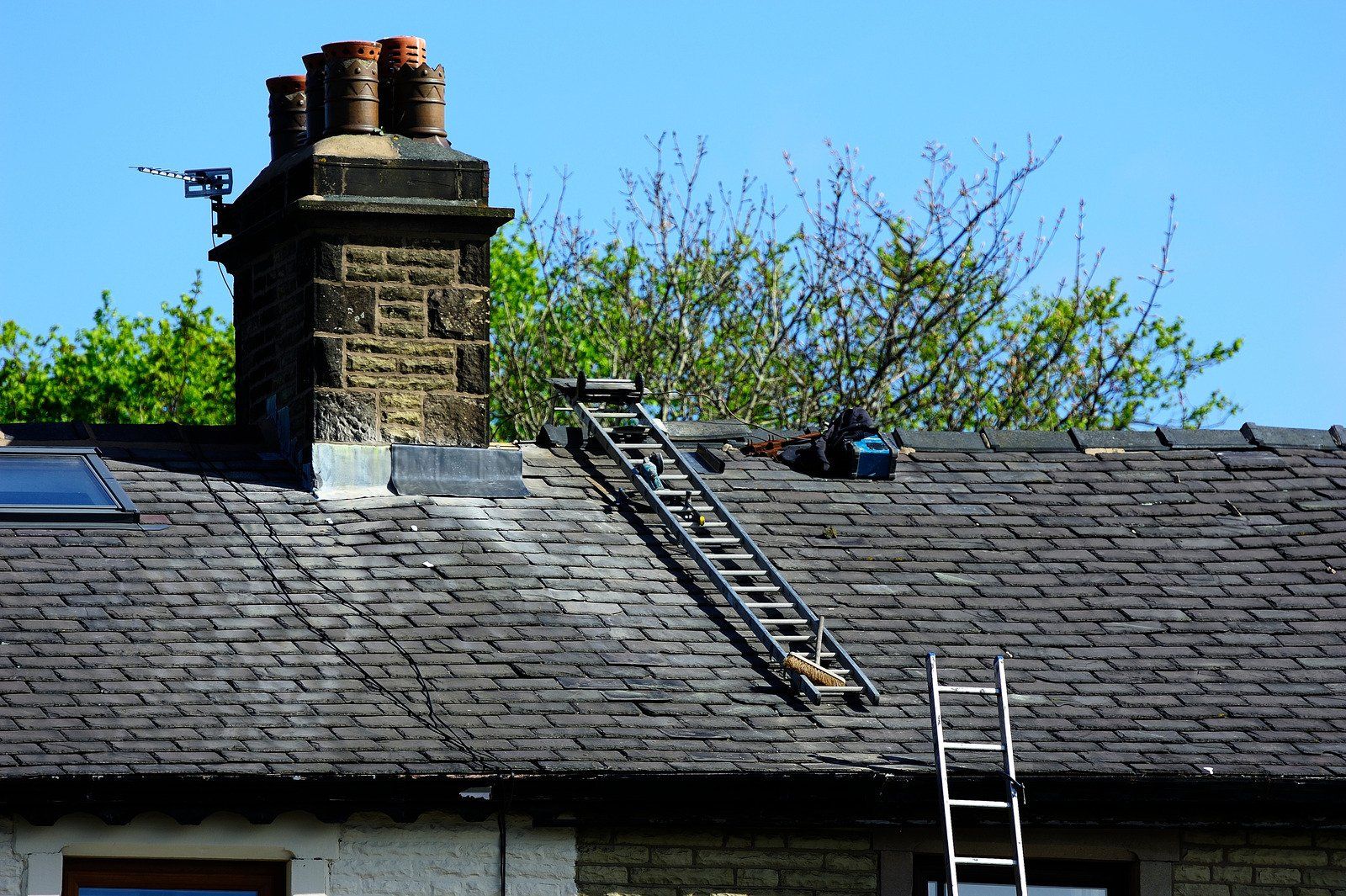Understanding The Importance Of Chimney Flashing
A chimney is a structure that facilitates the safe and efficient removal of smoke and toxic exhaust gasses that come out of the fireplace. A functional chimney comprises several components contributing to its optimal performance. Any missing, damaged, or broken chimney part can endanger the home’s safety. Flashing is a vital yet often overlooked component of a chimney system that plays a critical role in its functioning.

Chimney flashing and its importance
Flashing is a thin sheet made from metal, plastic, or composite materials meticulously installed at the intersection of the roof and chimney. The primary purpose of a chimney flashing is to create a waterproof seal to prevent water and moisture from entering your chimney and home and causing damage or creating several other issues. Flashing protects the joints and the seams and sheds water in a particular way to prevent the house from water damage.
Aluminum is a popular chimney flashing material due to its lower cost, rust resistance, and ease of installation on any roof. Steel is another widely used flashing material known for its strength and anti-corrosive properties. Copper is lightweight, durable, and enhances curb appeal. Though expensive, copper can withstand all weather conditions. PVC flashing is more suitable for warm weather regions as it can crack in an extreme environment.
Step flashing, counter flashing, and base flashing are major components of a chimney flashing that work together with caulk to offer the desired protection. Flashing requires professional installation and annual inspection to ensure it is not damaged or broken. A professionally installed chimney can easily last over 30 years. However, the lifespan of a chimney flashing depends on its material, chimney shape and size, and local weather.
Flashing is one of the most common reasons a chimney can spring a leak. When a chimney leaks, flashing is the first thing professionals inspect. Any issues with the chimney flashing can cause water to enter the chimney and cause severe and costly problems like rust, mold, stains, deterioration, structural damage, and even complete collapse. A failing chimney flashing is detrimental to the health of the roof, attic, and rooms. Flashing also prolongs the life of the chimney by protecting it from water.
Reasons chimney flashing damage
- Faulty installation
- Use of inferior quality materials
- General wear and tear
- Lightening
- Storms
- Excessive heat
Signs it is time for chimney flashing repair or replacement
- Discolored or brittle bricks
- Rusted, cracked, loose, or missing flashing
- Missing screws
- Rust stains in the firebox
- Warping
- Improper sealing
- Missing flutes or ridges
- Water stains on the ceiling or nearby walls
- Musty odor
- Broken caulking
- Condensation in firebox
Homeowners should always keep an eye out for leaky flashing. Enlist a professional to inspect the flashing if you notice any of the above signs. As a thumb rule, ensure to get your chimney inspected once a year. It will help diagnose issues on time. Repairing minor issues will help prevent costly damages and eliminate the need for premature roof or chimney replacement due to major water damage.
A high-quality and correctly installed flashing protects the chimney and home from expensive damages. It is an essential chimney component that needs regular inspections and repairs or replacements when necessary. DIY chimney repair or replacement can do more harm and good. It can lead to significant damage and increases the risk of potential injuries. Call a
chimney professional if your chimney flashing needs attention.

